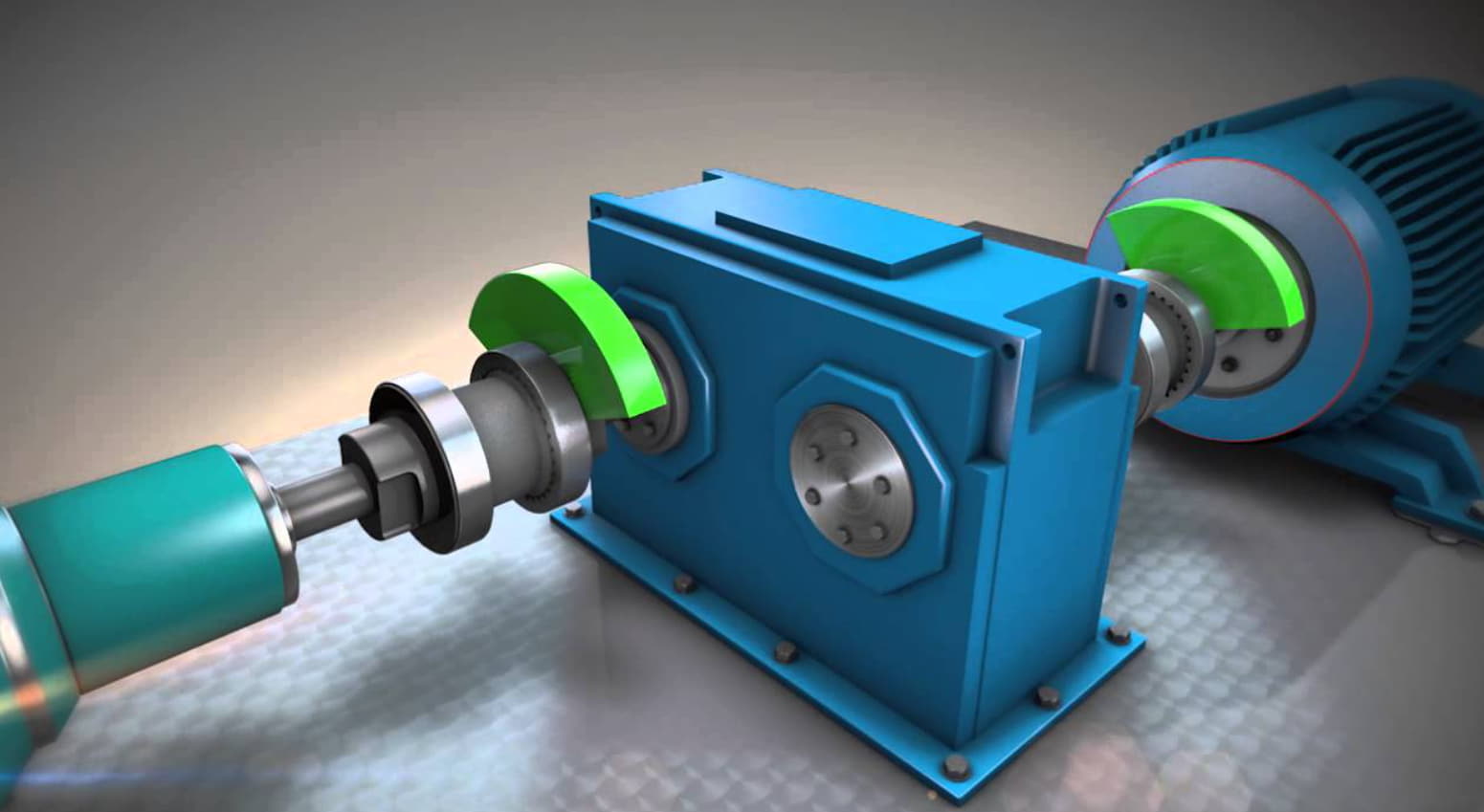The Hidden Key to Machinery Longevity: Coupling Alignment Demystified

In the realm of industrial machinery, where every minute of downtime translates to significant financial loss, ensuring the seamless operation of equipment is paramount. Among the myriad strategies employed to enhance machine efficiency and longevity, one crucial aspect often goes unnoticed: coupling alignment. This process, though seemingly straightforward, holds the key to preventing premature wear and tear, reducing energy consumption, and averting catastrophic failures.
Understanding Shaft Precision Alignment
At its core, the process involves adjusting the relative positions of the shafts in rotating machinery so that they are collinear when the equipment is in operation. This precise positioning is vital for the smooth transmission of power between components without causing undue stress or friction. Misalignment, on the other hand, is a primary culprit behind mechanical breakdowns, leading to bearing failures, seal leaks, and ultimately, shortened equipment lifespan.
The Significance of Proper Alignment
The consequences of neglecting proper shaft positioning extend beyond mere operational inefficiencies. It directly impacts the bottom line by increasing maintenance costs and causing unplanned downtime. Moreover, misaligned machinery consumes more energy as it requires additional force to overcome the resistance generated by improper positioning. By prioritizing this critical maintenance task, businesses can achieve a dual benefit: prolonging the life of their machinery while simultaneously enhancing energy efficiency.
The Procedure: More Than Just a Technical Task
Achieving optimal alignment is more than a mere technical exercise; it requires a deep understanding of the machinery’s operational parameters and the environmental conditions under which it operates. It starts with a thorough inspection of the equipment, identifying any potential issues that could affect alignment, such as worn-out bearings or improperly fitted coupling hubs. Following this, precise measurements are taken using specialized tools and techniques to determine the extent of misalignment and make the necessary adjustments.
The Role of Technology in Simplifying the Process
Advancements in technology have significantly simplified the alignment process, making it more accurate and less time-consuming. Modern alignment tools, for instance, offer unparalleled precision, allowing maintenance personnel to achieve optimal alignment with minimal effort. These tools, coupled with detailed manufacturer guidelines and torque specifications, ensure that the machinery operates within its designed parameters, thus extending its useful life.
Conclusion
The meticulous coupling alignment plays a pivotal role in the maintenance of rotating machinery, acting as a foundational element in ensuring operational reliability and efficiency. By embracing this practice, businesses can not only enhance the performance of their machinery but also contribute to sustainable operational practices by reducing energy consumption and minimizing waste.
Copyright © Rain Stone LLC All Rights Reserved